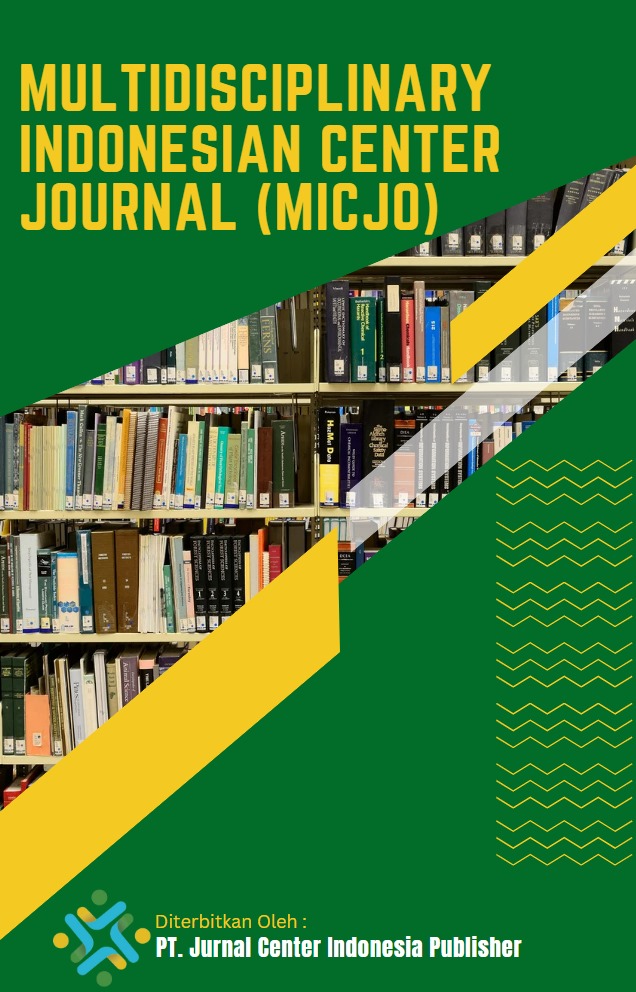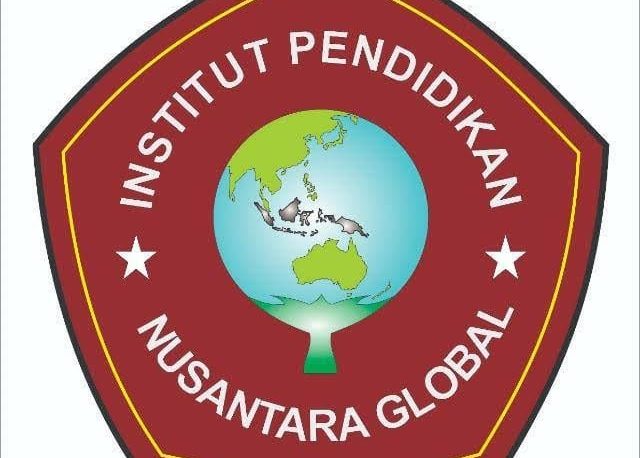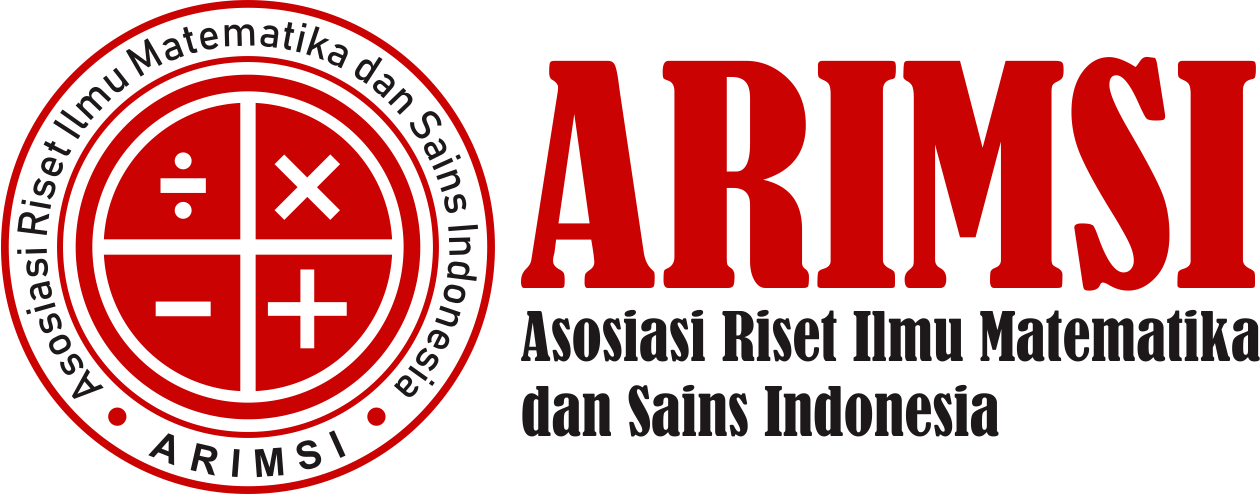PETROLOGICAL AND PETROGRAPHIC CHARACTERISTICS OF BUTON ROCK ASPHALT (ASBUTON) TRAP ROCK IN THE WINNING AREA OF BUTON REGENCY
DOI:
https://doi.org/10.62567/micjo.v2i4.1455Keywords:
Petrology, Petrography, Trap Rock, AsbutonAbstract
This study aims to identify the petrological and petrographical characteristics of carbonate rocks that act as natural asphalt (Asbuton) reservoir rocks in the Winning area, Buton Regency. The analysis was conducted through megascopic observation of rock outcrops and microscopic observation of thin sections using a polarizing microscope. The results show that the carbonate rock units in the study area are dominated by bioclastic limestone (biomicrite) and dolomitic limestone (biogenic dolomite). The bioclastic limestone consists of foraminiferal and shell fragments bound by micrite and sparry calcite cement, whereas the dolomitic limestone displays fine- to medium-crystalline textures with well-developed intercrystalline porosity formed through dolomitization. Partial to advanced dolomitization occurred due to the circulation of magnesium-rich fluids in a restricted marine environment during the post-depositional stage. The mineralogical transformation from calcite to dolomite enhanced both porosity and compactness, making these rocks potential reservoir rocks for natural asphalt accumulation. Overall, the petrological and petrographical characteristics indicate that the carbonate rocks in the Winning area underwent a complex diagenetic evolution and play a significant role in the formation and entrapment system of Buton Rock Asphalt (Asbuton).
Downloads
References
Arvidson, R. S., & Morse, J. W. (2014). 9.3—Formation and Diagenesis of Carbonate Sediments. In H. D. Holland & K. K. Turekian (Eds.), Treatise on Geochemistry (Second Edition) (pp. 61–101). Elsevier. https://doi.org/10.1016/B978-0-08-095975-7.00703-8
Boggs, J., Sam. (2009). Petrology of Sedimentary Rocks (2nd ed.). Cambridge University Press. https://doi.org/10.1017/CBO9780511626487
Christie, T., Thompson, B., & Brathwaite, B. (2001). Mineral Commodity Report 21—Limestone, marble and dolomite. New Zealand Mining, 29, 6–25.
Davidson, J. W. (1991). The Geology and Prospectivity of Buton Island, S.E. Sulawesi, Indonesia. 209–233.
Folk, R. L., & Schwab, F. L. (2025, September 10). Sedimentary rock—Limestones, Dolomites, Calcite | Britannica. Encyclopedia Britannica. https://www.britannica.com/science/sedimentary-rock/Limestones-and-dolomites
Hadiwisastra, S. (2009). Kondisi Aspal Alam dalam Cekungan Buton. Riset Geologi Dan Pertambangan, 19(1), 49–57. https://doi.org/10.14203/risetgeotam2009.v19.22
Herlambang, A., Koeshidayatullah, A. I., Amao, A. O., Bello, A. M., Al-Ghamdi, F., Malik, M. H., & Al-Ramadan, K. A. H. (2022). Structural diagenesis and dolomitization of Cenozoic post-rift carbonates in the Red Sea rift basin: A multiproxy approach. Frontiers in Earth Science, 10. https://doi.org/10.3389/feart.2022.1037126
Ma, G., Jia, J., Qi, Z., & Peng, S. (2021). Unconventional Oil Ores around the World: A Review. IOP Conference Series: Earth and Environmental Science, 621(1), 012009. https://doi.org/10.1088/1755-1315/621/1/012009
Meyer, R. F., & Attanasi, E. (2003). Heavy oil and natural bitumen-strategic petroleum resources. World, 434, 650–657.
Meyer, R. F., Attanasi, E. D., & Freeman, P. A. (2007). Heavy Oil and Natural Bitumen Resources in Geological Basins of the World (Open-File Report 2007–1084; Open-File Report). U.S. Geological Survey. http://pubs.usgs.gov/of/2007/1084/
Munnecke, A., Wright, V. P., & Nohl, T. (2023). The origins and transformation of carbonate mud during early marine burial diagenesis and the fate of aragonite: A stratigraphic sedimentological perspective. Earth-Science Reviews, 239, 104366. https://doi.org/10.1016/j.earscirev.2023.104366
Perras, M., & Diederichs, M. (2011, January 1). The importance of classification for carbonates and mudrocks in engineering.
Saleh, I., & Firdaus, A. N. (2024). Klasifikasi Batuan Perangkap Aspal Batu Buton (Asbuton) Berdasarkan Analisis Geokimia di Desa Winning, Kecamatan Pasarwajo, Kabupaten Buton, Provinsi Sulawesi Tenggara. OPHIOLITE: Jurnal Geologi Terapan, 6(2), 100–106. https://doi.org/10.56099/ophi.v6i2.p100-106
Sikumbang, N., Sanyoto, P., Supandjono, R. J. B., & Gafoer, S. (1995). Peta Geologi Lembar Buton, Sulawesi [Map]. Pusat Penelitian dan Pengembangan Geologi,.
Widarsono, B., Sunarjanto, D., Susantoro, T. M., Suliantara, S., Setiawan, H. L., Wahyudi, P., Sugihardjo, S., Romli, M., & Dwiyanarti, D. (2023). Integrated Approach to Investigate the Potential of Asphalt/Tar Sand on Buton Island, Indonesia. Scientific Contributions Oil and Gas, 46(2), 64–85. https://doi.org/10.29017/SCOG.46.2.1583
Downloads
Published
How to Cite
Issue
Section
License
Copyright (c) 2025 Isman Saleh

This work is licensed under a Creative Commons Attribution-ShareAlike 4.0 International License.

























